One of Britain's greatest swimming pools and the standing stone that inspired Tolkien being saved for new generations
Two landmarks of very different nature have received boosts which should help them survive many more years: the elegant Saltdean Lido near Brighton, and a country boundary stone near Oxford that's been a local landmark for centuries. Carla Passino and Annunciata Elwes report.


Art Deco Saltdean Lido in East Sussex will benefit from a £7.5 million restoration, with work now under way, after a local campaign group opposed a proposed redevelopment that would have seen its permanent closure.
Its pool, purpose-built beach and sunbathing lawns had only been open three years (entry sixpence) when the Lido was requisitioned by the National Fire Service in 1941 for training exercises. Restored in 1964 after years of postwar dereliction, it remained a popular attraction for decades. It’s hoped that repair work to its eroded concrete walls will see its removal from the Heritage at Risk Register.
‘The handsome Saltdean Lido was inspired by ocean liner and aircraft design and is architecturally probably the finest in England,’ says Duncan Wilson, Historic England chief executive.
‘Heritage and wellbeing are so closely linked and I offer my congratulations to all the volunteers that have campaigned to see the Lido reimagined.’
Saltdean Lido — one of only three lidos in the country with a Grade II* listing — should re-open in late summer 2023.
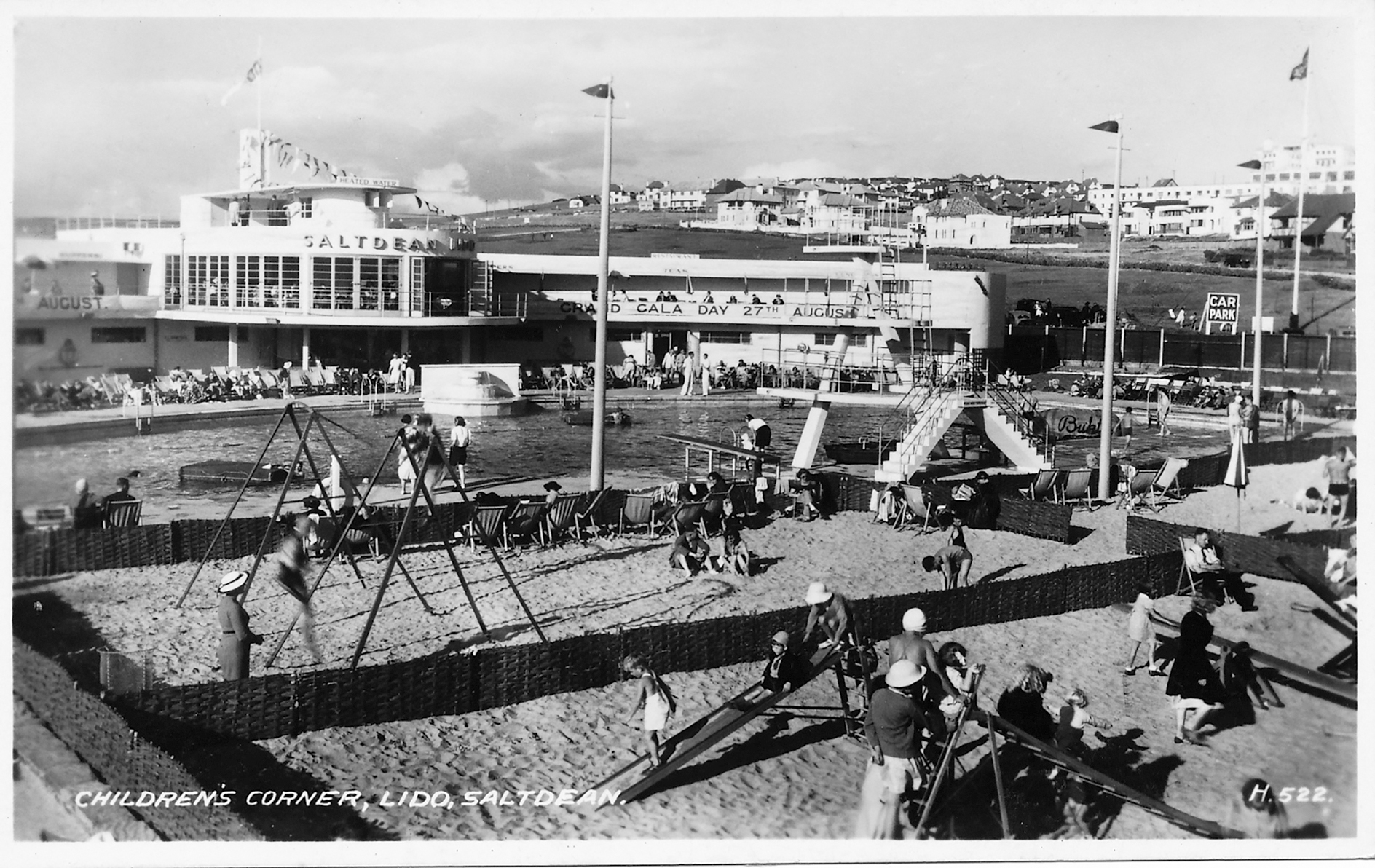
Meanwhile, a determined group of volunteers is working to save a landmark that may have inspired J. R. R. Tolkien’s Three-Farthing Stone in The Lord of the Rings. Two miles from Moreton-in-Marsh, the 15ft-high Four Shire Stone marks the boundary where three counties — Gloucestershire, Warwickshire, and Oxfordshire — meet (it was four, hence the name, until the boundaries of Worcestershire were changed).
Tolkien must have passed it as he drove from Oxford to his brother’s farm near Evesham, so it may have sparked the idea for the place where Samwise Gamgee casts the last of the dust from Galadriel’s garden. But it’s not only the literary connection that makes the stone interesting: from the 18th century, the stone was the backdrop to prize fights, because boxers could jump the county boundaries to escape prosecution.
Sign up for the Country Life Newsletter
Exquisite houses, the beauty of Nature, and how to get the most from your life, straight to your inbox.
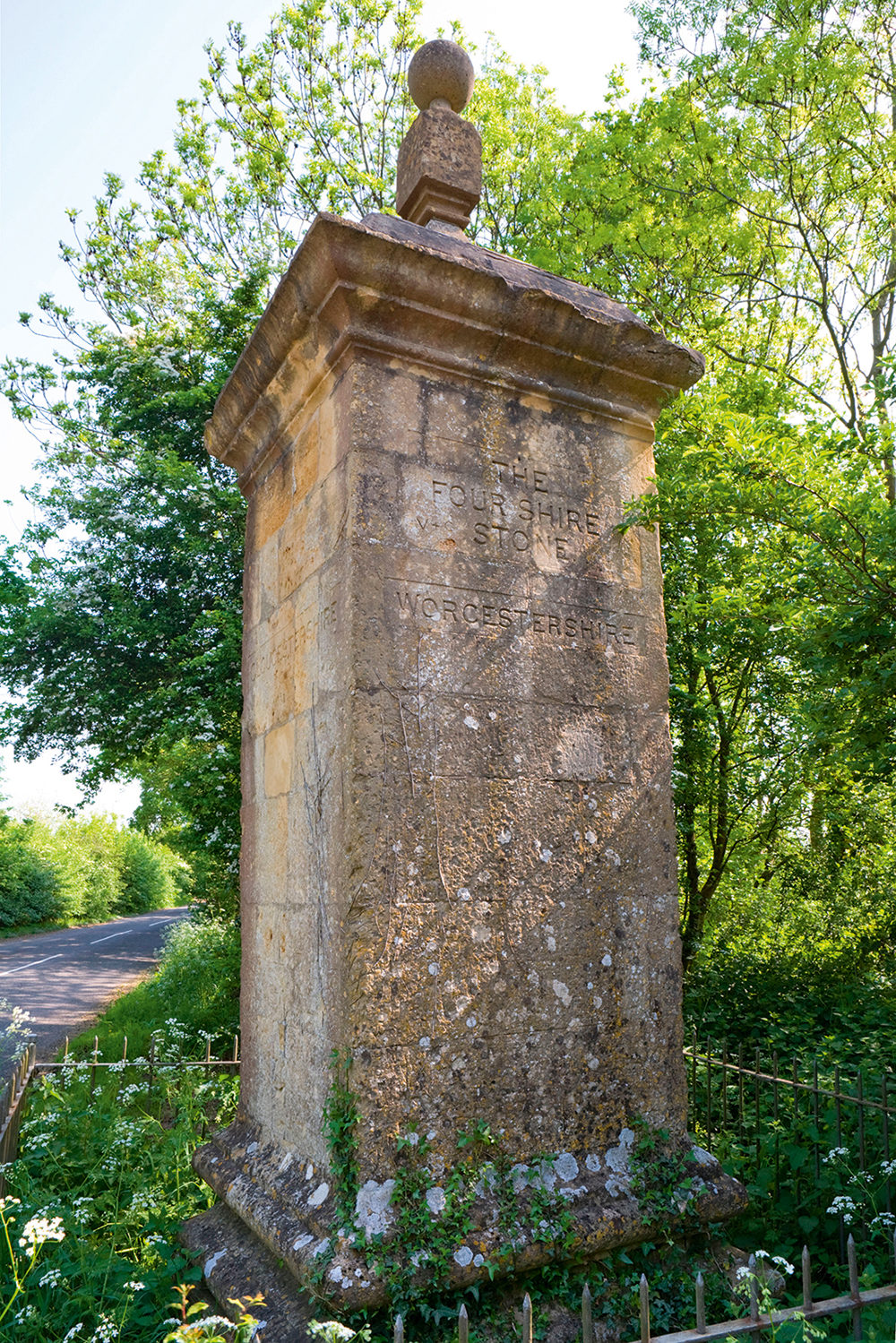
Despite its Grade II listing, the landmark has not been well preserved — in 1955, it had to be rebuilt after a lorry slammed into it — so local chartered surveyor James Hayman-Joyce decided to take a hand. ‘I vowed that, when I retired, I would do something. Covid got in the way, but I formed a committee with four others and we are now fundraising.’
The group obtained listed-building consent for the work and found a stonemason to start the restoration in May: ‘Quite a lot of the stone will require replacement. It is covered in algae and lichen, which will be cleaned off with a hard brush and water,’ explains Mr Hayman-Joyce. The railings around it are also in a poor state and the committee may replace them, if funds allow; for more details and to donate, visit www.fourshirestone.org.uk
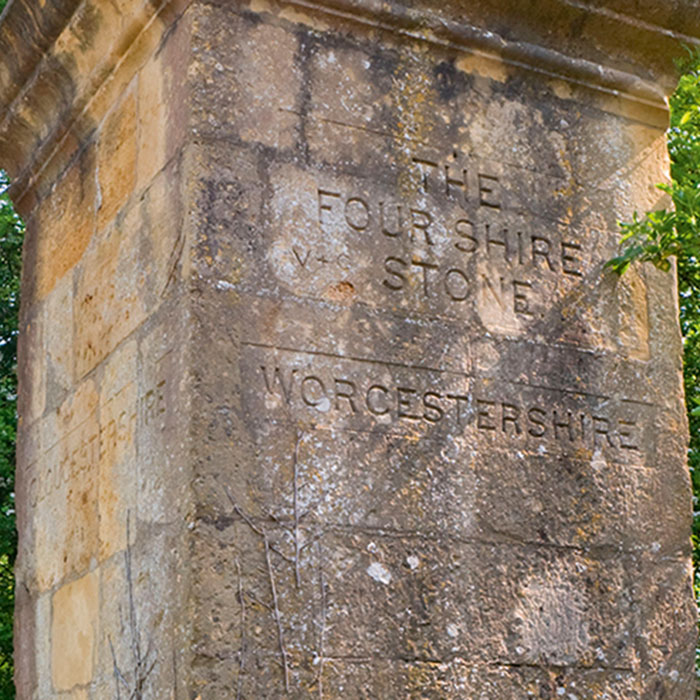
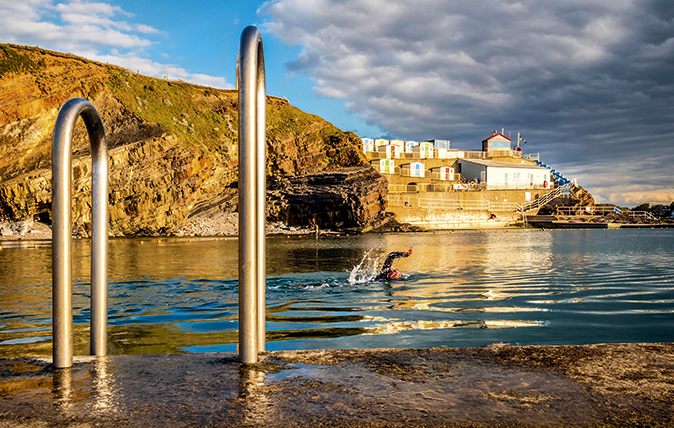
Come on in, the water’s lovely: Why we all love a lido
Britain’s historic outdoor swimming pools, long neglected, are back in business.
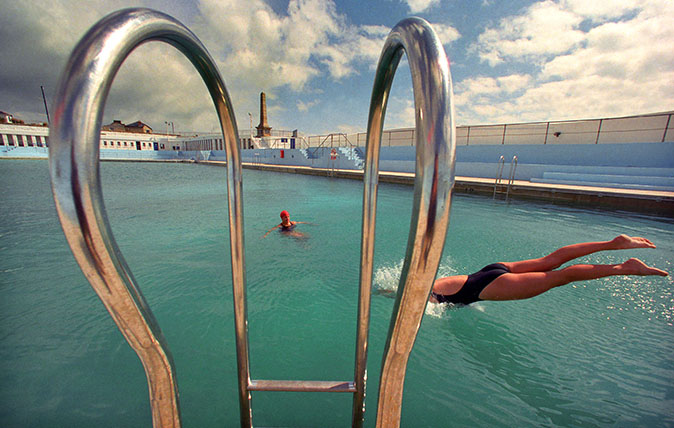
The original Art Deco lido that'll soon be as warm as a bathtub, thanks to Icelandic-style geothermal energy
An Art Deco lido in Penzance will soon boast bath-temperature waters thanks to new technology that uses heat tapped from
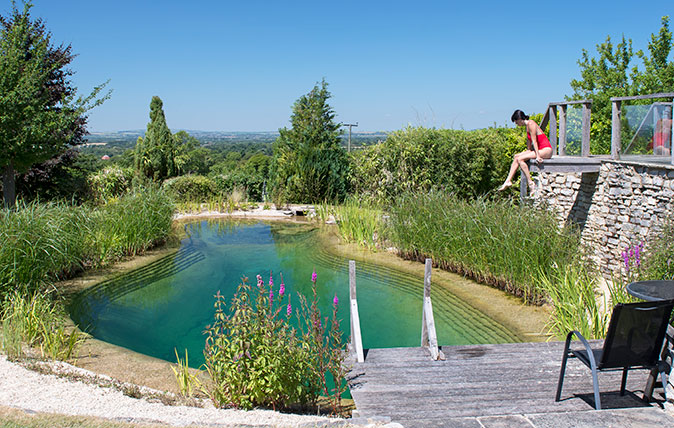
Natural swimming pools: Everything you need to know about building one in your garden
Natural swimming ponds–refreshing, aesthetically pleasing, wildlife friendly and more harmonious in the landscape–are becoming fashionable. Why not take the plunge,
Annunciata grew up in the wilds of Lancashire and now lives in Hampshire with a husband, two daughters and an awful pug called Parsley. She’s been floating round the Country Life office for more than a decade, her work winning the Property Magazine of the Year Award in 2022 (Property Press Awards). Before that, she had a two-year stint writing ‘all kinds of fiction’ for The Sunday Times Travel Magazine, worked in internal comms for Country Life’s publisher (which has had many names in recent years but was then called IPC Media), and spent another year researching for a historical biographer, whose then primary focus was Graham Greene and John Henry Newman and whose filing system was a collection of wardrobes and chests of drawers filled with torn scraps of paper. During this time, she regularly gave tours of 17th-century Milton Manor, Oxfordshire, which may or may not have been designed by Inigo Jones, and co-founded a literary, art and music festival, at which Johnny Flynn headlined. When not writing and editing for Country Life, Annunciata is also a director of TIN MAN ART, a contemporary art gallery founded in 2021 by her husband, James Elwes.
-
 Designer's Room: A solid oak French kitchen that's been cleverly engineered to last
Designer's Room: A solid oak French kitchen that's been cleverly engineered to lastKitchen and joinery specialist Artichoke had several clever tricks to deal with the fact that natural wood expands and contracts.
By Amelia Thorpe
-
 Chocolate eggs, bunnies and the Resurrection: Country Life Quiz of the Day, April 18, 2025
Chocolate eggs, bunnies and the Resurrection: Country Life Quiz of the Day, April 18, 2025Friday's quiz is an Easter special.
By James Fisher